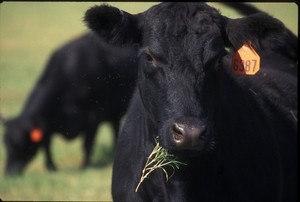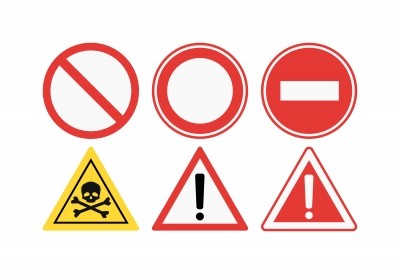EU bans growth promoters in animal feed
Regulation controlling the use of additives in animal feed which
specifically targets antibiotics being used as growth promoters.
The Agricultural Council has made the final adoption of an EU Regulation controlling the use of additives in animal feed which specifically targets antibiotics being used as growth promoters.
The new Regulation will strengthen the control of all types of additives in animal feed, but in particular it completes the EU's drive to phase out antibiotics as growth promoters. Strengthening rules on the safety of animal feed has until now been one of the cornerstones of the EU's food safety strategy. Banning the use of antibiotics as growth promoters in feed, the European Commission says, is also vital to efforts to combat anti-microbial resistance.
The Regulation will come into force later this year, once it has been published in the EU's Official Journal.
Commissioner David Byrne said: "This Regulation will strengthen the EU's rules on the safety of animal feed and complete the EU ban on the use of antibiotics as growth promoters. Both these objectives are of major importance to the EU's food safety strategy, and indeed to wider considerations of public health."
The EU has already banned antibiotics used in human medicine from being added to animal feed. The new Regulation completes this ban on antibiotic growth promoters in feed by prohibiting the use of four substances, namely monensin sodium, salinomycin sodium, avilamycin and flavophospholipol.
The Scientific Steering Committee of the EU has recommended the progressive phasing out of the use of all antibiotics as growth promoters, while preserving animal health. This commitment is part of the Community Strategy to combat the threat to human, animal and plant health posed by anti-microbial resistance which was adopted in June 2001. Details of the strategy can be viewed here.
According to a study by the European Federation of Animal Health (FEDESA), in 1999 farm animals consumed 4,700 tonnes (35 per cent) of all the antibiotics administered in the European Union, while humans consumed 8,500 tonnes (65 per cent). Of the antibiotics that were given to animals, 3,900 tonnes (or 29 per cent of the total usage) were administered to help sick animals recover from disease, while 786 tonnes (or 6 per cent of the total usage) were given to farm animals in their feed as growth promoters. The survey estimates that the amount of antibiotics used as growth promoters fell by 50 per cent since 1997, when animals consumed around 1,600 tonnes as feed additives.
Under the newly introduced Regulation only additives that have been through an authorisation procedure could be put on the market, used or processed. Authorisations would be for specific animal species and with a maximum dosage allowance. Authorisations of new feed additives would be for a ten year period only and would be evaluated by the European Food Safety Authority (EFSA).
The procedure established by the Regulation for authorising a new feed additive will see the European Food Safety Authority (EFSA) evaluating applications from industry. The Authority will, on the basis of residue studies, propose maximum residues levels (MRLs) to be set in the legislation authorising the feed additive to allow proper monitoring of the effects of the additives on human health.
The EFSA will verify the information concerning the current authorisation and inform the Commission. Companies marketing antibiotics for animal use will nonetheless have to submit applications for re-evaluation and re-authorisation within a seven-year period after the entry into force of the Regulation, or one year before the expiry date of the existing authorisation.
Further information on the regulation visit the EFSA website.







